General Guideline Principles for Diagnostic Criteria and
Differential Diagnosis for workers compensation patients
The New York State workers compensation board has developed these guidelines to help physicians, podiatrists, and other healthcare professionals provide appropriate treatment for Diagnostic Criteria and Differential Diagnosis.
These Workers Compensation Board guidelines are intended to assist healthcare professionals in making decisions regarding the appropriate level of care for their patients with ankle and foot disorders.
The guidelines are not a substitute for clinical judgement or professional experience. The ultimate decision regarding care must be made by the patient in consultation with his or her healthcare provider.
Diagnostic Criteria and Differential Diagnosis of Elbow Injury
The criteria shown in Table 2 are organised according to the clinical thought process, starting with the mechanism of illness or injury and ending with particular symptoms and indicators of a particular disorder.
The examining doctor’s diagnostic prowess is crucial in identifying the source of elbow illnesses because the patient’s descriptions of them might occasionally be consistent with radiating symptoms from the shoulder or neck.
For instance, although patients may have pain in both the elbow and the mid-upper arm, this pain is typically indicative of a shoulder-related issue rather than an elbow one.
It is significant to remember that lateral elbow pain might result from genuine epicondylitis, cervical disc disease (C6), radial nerve entrapment, or radial tunnel syndrome (enthesitis).
The ulnar nerve impingement at the elbow, C8 cervical radiculopathy, or the ulnar nerve impingement at the wrist are the three most common causes of complaints of tingling and/or numbness in the fourth and fifth fingers.
Though it is typically thought to be very rare, thoracic outlet syndrome can be taken into account (see Shoulder Disorders chapter). C6 radiculopathy is thought to be the most frequent other diagnosis for the differential diagnosis of lateral epicondylalgia and not seldom appears with lateral elbow pain and paresthesias in the thumb.
The C8 radiculopathy, which manifests as medial elbow discomfort and paresthesias in the fourth and fifth fingers, is also included in the differential diagnosis of medial epicondylalgia.
Medial elbow pain may also indicate medial collateral ligament issues. It frequently happens for medial epicondylalgia and ulnar neuropathy to coexist at the elbow. A diagnosis of non-specific pain should be utilized in cases of complaints that cannot be categorized as a specific pathophysiological condition.
This distance is a better option than precise labeling, which might not be correct. regional or general pain If there are no distinct physical symptoms, the most accurate diagnosis will more often be findings.
The probable diagnosis or injury is listed in Table 2 below along with the criteria. Possible cause(s) of the condition or injury, symptoms, warning indications, and the right tests and outcomes to take into account in evaluation and treatment.
It’s a long way away. instead of precise labeling, which might not be accurate. General or localized discomfort If no specific physical symptoms exist, the most appropriate diagnosis will occur most frequently.
The probable diagnosis or injury, as well as the criteria, are listed in Table 2 below. the possible cause(s) of the sickness or injury, the symptoms, the signs, the required testing, and Results for evaluation and treatment to take into account.
Table 2 – Criteria for Non-Red Flag Conditions
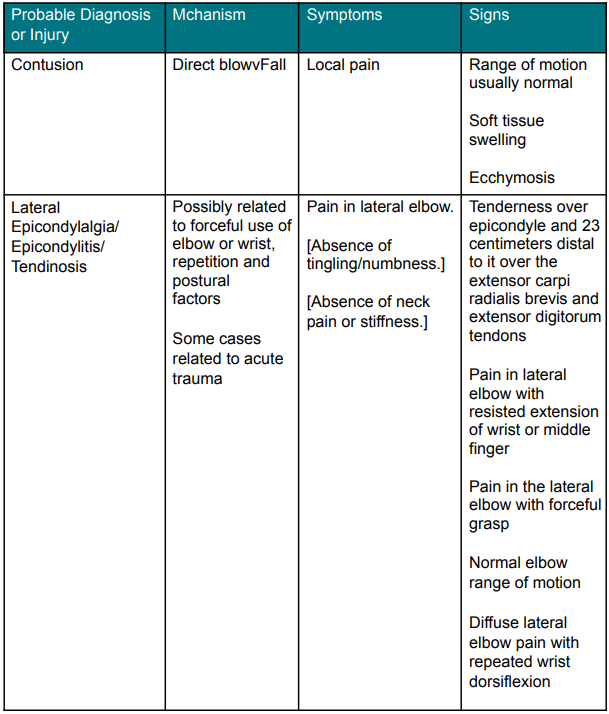
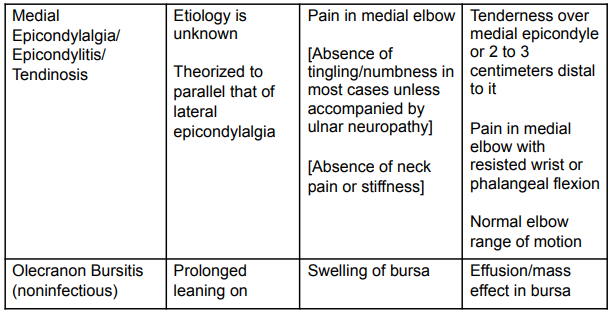
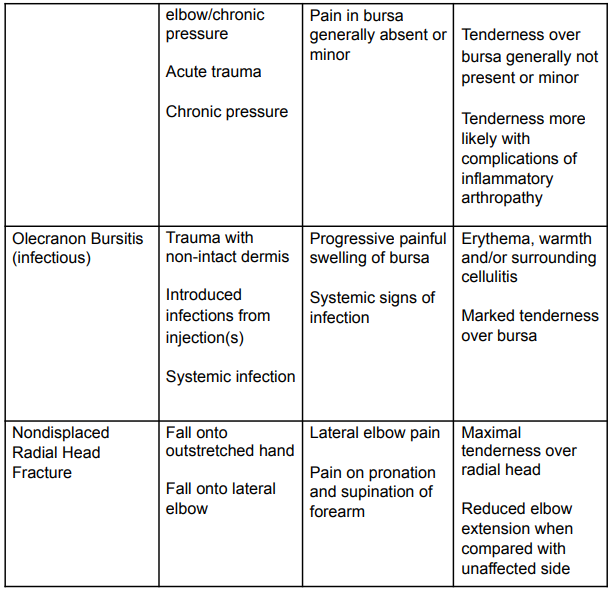
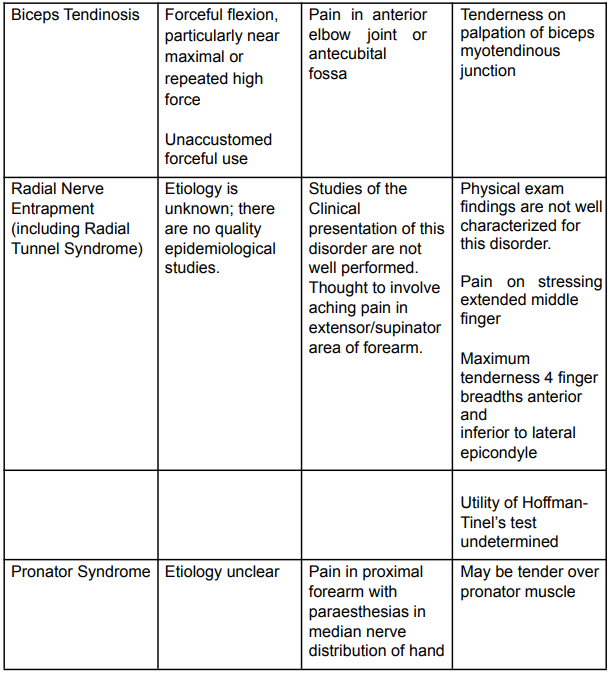
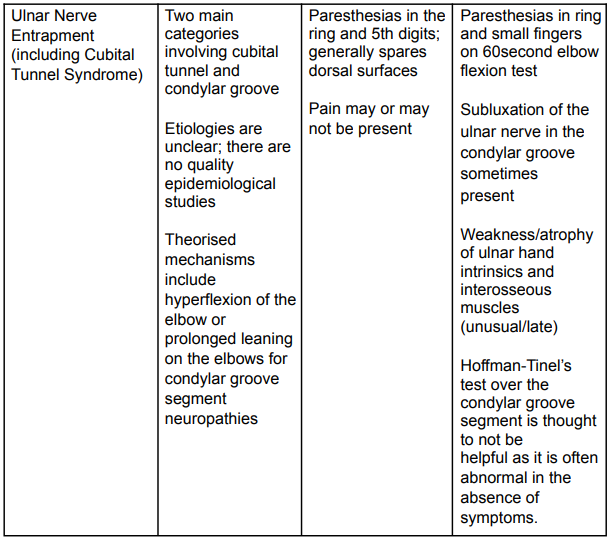
What our office can do if you have workers compensation injuries
We have the experience to help you with their workers compensation injuries. We understand what you are going through and will meet your medical needs and follow the guidelines set by the New York State Workers Compensation Board.
We understand the importance of your workers compensation cases. Let us help you navigate through the maze of dealing with the workers compensation insurance company and your employer.
We understand that this is a stressful time for you and your family. If you would like to schedule an appointment, please contact us so we will do everything we can to make it as easy on you as possible.

Dr. Nakul Karkare
I am fellowship trained in joint replacement surgery, metabolic bone disorders, sports medicine and trauma. I specialize in total hip and knee replacements, and I have personally written most of the content on this page.
You can see my full CV at my profile page.
